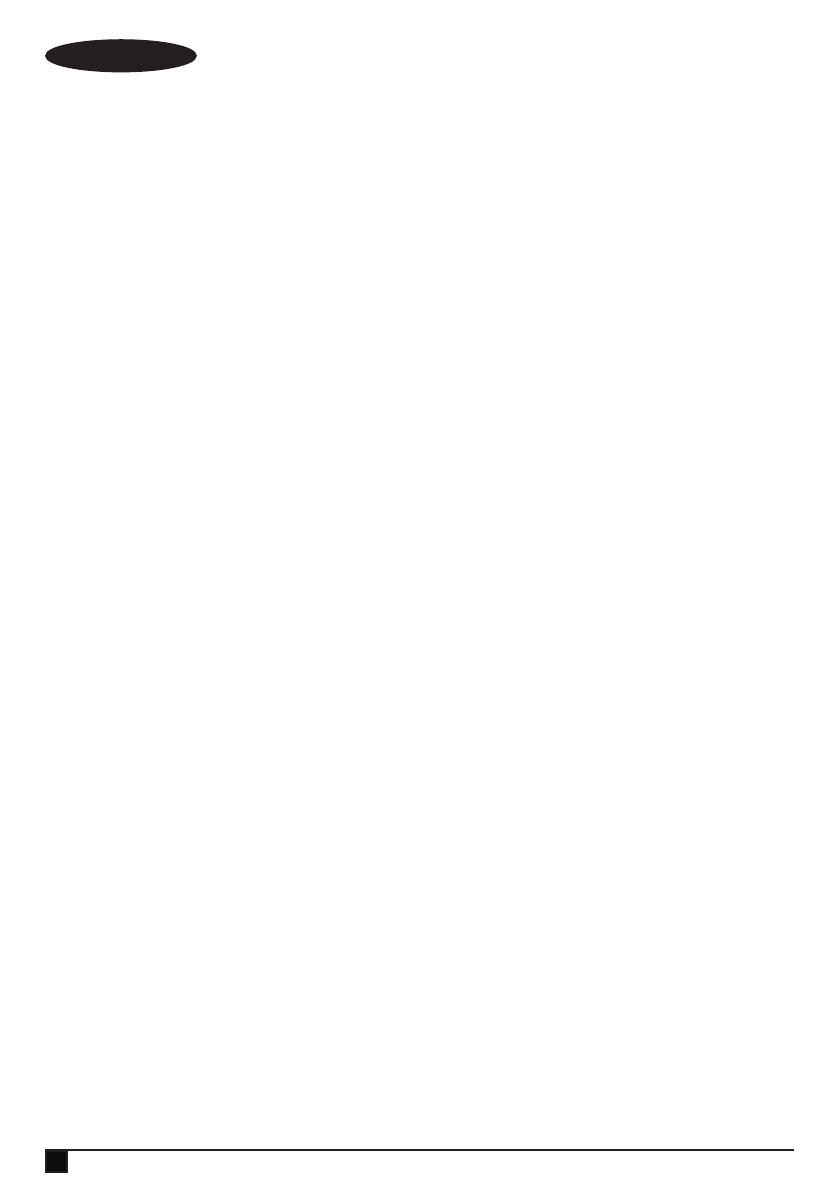
20
(перевод с оригинала инструкции)
PУССКИЙ
диска.Неиспользуйтеэтупилудлярезкизагото-
вок,которыеслишкоммалы,чтобыихнадежно
зафиксироватьилиудержатьрукой. Если ваша
рука расположена слишком близко к пильному диску,
то это создает повышенные риск получения травмы
от контакта с диском.
u Заготовкадолжнабытьнеподвижнойизафикси-
рованнойпоотношениюкнаправляющейистолу.
Никогданеподавайтеподдвижущийсяпильный
дискиневыполняйтераспил«отруки».Незафик-
сированные или подвижные заготовки могут быть
выброшены с высокой скоростью, что может повлечь
за собой травмы.
u Толкайтепилуотсебяпозаготовке.Нетяните
пилучереззаготовкунасебя.Чтобывыполнить
распил,поднимитеголовкупилыивытянитеее
надзаготовкойбезраспила,запуститеэлектро-
двигатель,опуститеголовкупилыитолкайтепилу
отсебяпозаготовке.
Попытка выполнить распил во время вытягивания с
большой вероятностью приведет к тому, что пильный
диск выскочит вверх из заготовки, а узел диска будет
резко отброшен в сторону оператора.
u Нивкоемслучаенепересекайтелиниюпред-
полагаемогорезарукойпередилизапильным
диском. Удерживание заготовки «крест-накрест», т. е.
удерживая заготовку справа от пильного пила левой
рукой или наоборот, является очень опасным.
u Покадисквращается,нетянитеськзадней
стороненаправляющейинеподноситерукина
расстояниеближе100ммоткаждойстороны
пильногодиска,чтобыубратьобрезкидревесины
илипокакой-либодругойпричине. Расстояние до
пильного диска может быть меньше, чем кажется, в
результате чего создается риск тяжелых травм.
u Проверяйтесвоизаготовкипередраспилов-
кой.Еслизаготовкаискривленаилиизогнута,
зафиксируйтееевнешнейизогнутойсторонойк
направляющей.Всегдапроверяйтеотсутствие
зазорамеждузаготовкой,направляющейистолом
полинииреза. Погнутые или искривленные заго-
товки могут перекоситься или сместиться, что может
заклинить пильный диск во время резки. В заготовке
не должно быть гвоздей или посторонних предметов.
u Неиспользуйтепилу,поканеочиститестолот
всехинструментов,обрезковивсегопрочего,
кромезаготовки. Мелкий мусор или куски древеси-
ны или другие предметы, касающиеся вращающего
диска, могут быть отброшены с высокой скоростью.
u Распиливайтепооднойзаготовкезараз.
Уложенные рядом несколько заготовок невозможно
зафиксировать или закрепить, что может привести к
заклиниванию диска или смещению во время распи-
ловки.
u Убедитесь,чтоторцовочнаяпиларасположенана
ровной,твердойрабочейповерхностивовремя
использования. Ровная и твердая рабочая поверх-
ность снижает риск неустойчивости торцовочной
пилы.
u Планируйтесвоюработу.Прикаждомизменении
настроекугланаклонаилискоса,убедитесь,что
регулируемаянаправляющаяправильноустанов-
лена,чтобыподдерживатьзаготовкуинемешать
дискуилисистемезащитныхкожухов. Не включая
инструмент и без заготовки на столе, проведите
пильный диск по воображаемой линии реза, чтобы
убедиться в отсутствии помех или риска разрезать
направляющую линейку.
u Обеспечьтедостаточнуюопоруспомощьюудли-
ненийстола,пильныхкозловит.п.длязаготовок,
которыеширеилидлиннеестолешницы. Не
поддерживаемые должным образом заготовки, длина
или ширина которых больше распиловочного стола,
во время пиления могут подняться или наклонить-
ся. Приподнявшаяся заготовка или отрезная часть
заготовки может поднять нижний защитный кожух
или может быть отброшена в сторону вращающимся
пильным диском.
u Неиспользуйтедругихлицвкачествезамены
удлинениястолаиливкачестведополнительной
опоры. Неустойчивая опора для заготовки может
привести к заклиниванию диска или к смещению
заготовки по время распиловки, что может затянуть и
вас, и помощника под вращающийся диск.
u Обрезкинеследуетзажиматьилиприжимать
каким-либообразомквращающемусяпильному
диску.
Если зажать отрезной конец, например, ограничите-
лями длины, он может попасть под диск и быть резко
отброшен в сторону.
u Всегдаиспользуйтесоответствующиезажимы
илификсаторыдлянадлежащейподдержки
круглыхматериалов,такихкакбрусьяилитрубы.
Брусья имеют свойство катиться при распиловке, что
приводит к заклиниванию диска внутри и втягиванию
заготовки вместе с вашей рукой под диск.
u Передподачейзаготовкидождитесь,покадви-
гательнаберетполныеобороты. Это снизит риск
отбрасывания заготовки.
u Еслизаготовкаилидискзастряли,выключите
торцовочнуюпилу.Дождитесьостановкивсех
движущихсячастей,отсоединитевилкуотисточ-
никапитанияи/илиизвлекитебатарею.Затем
высвободитезастрявшийматериал. Продолжение




















